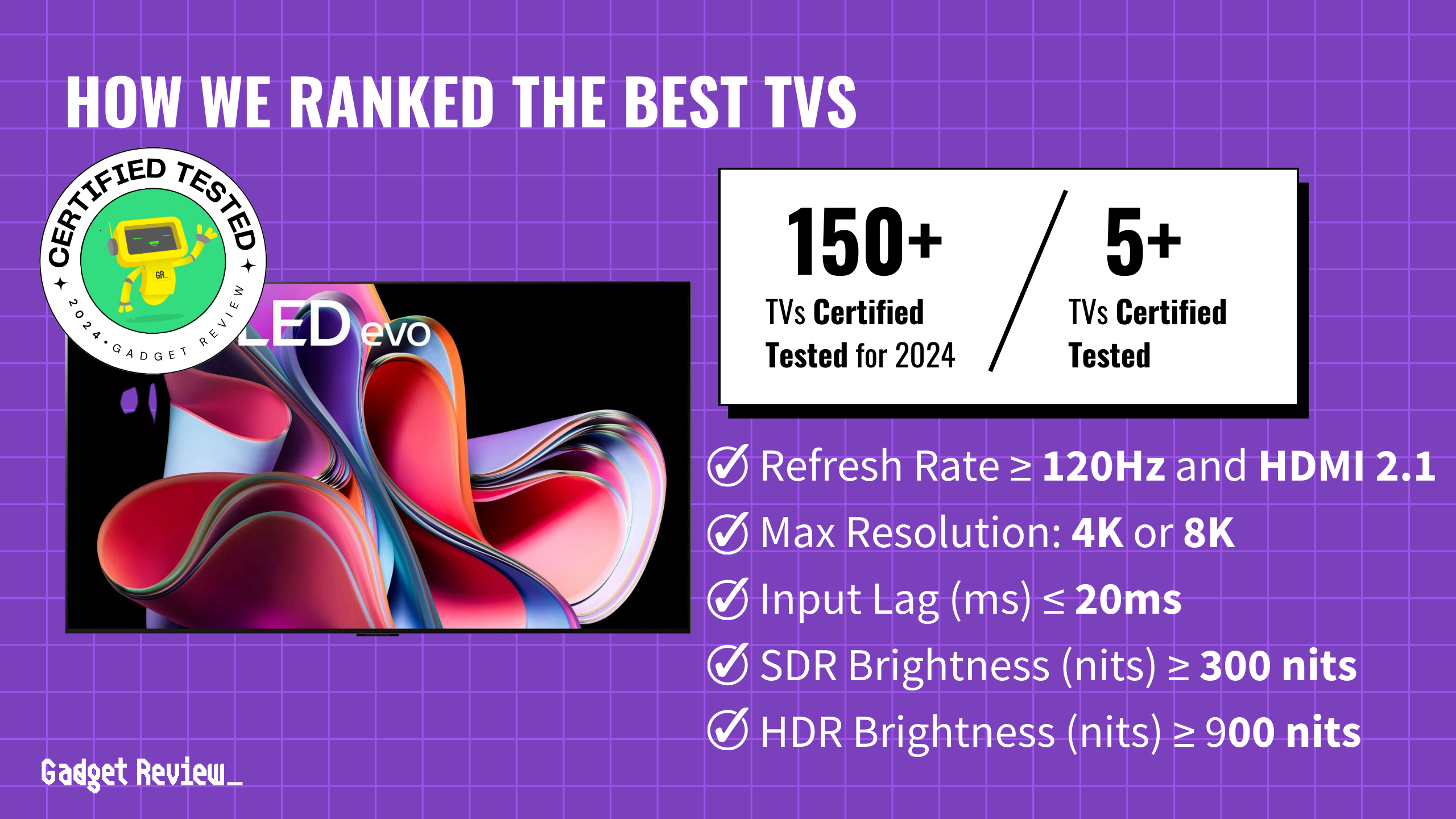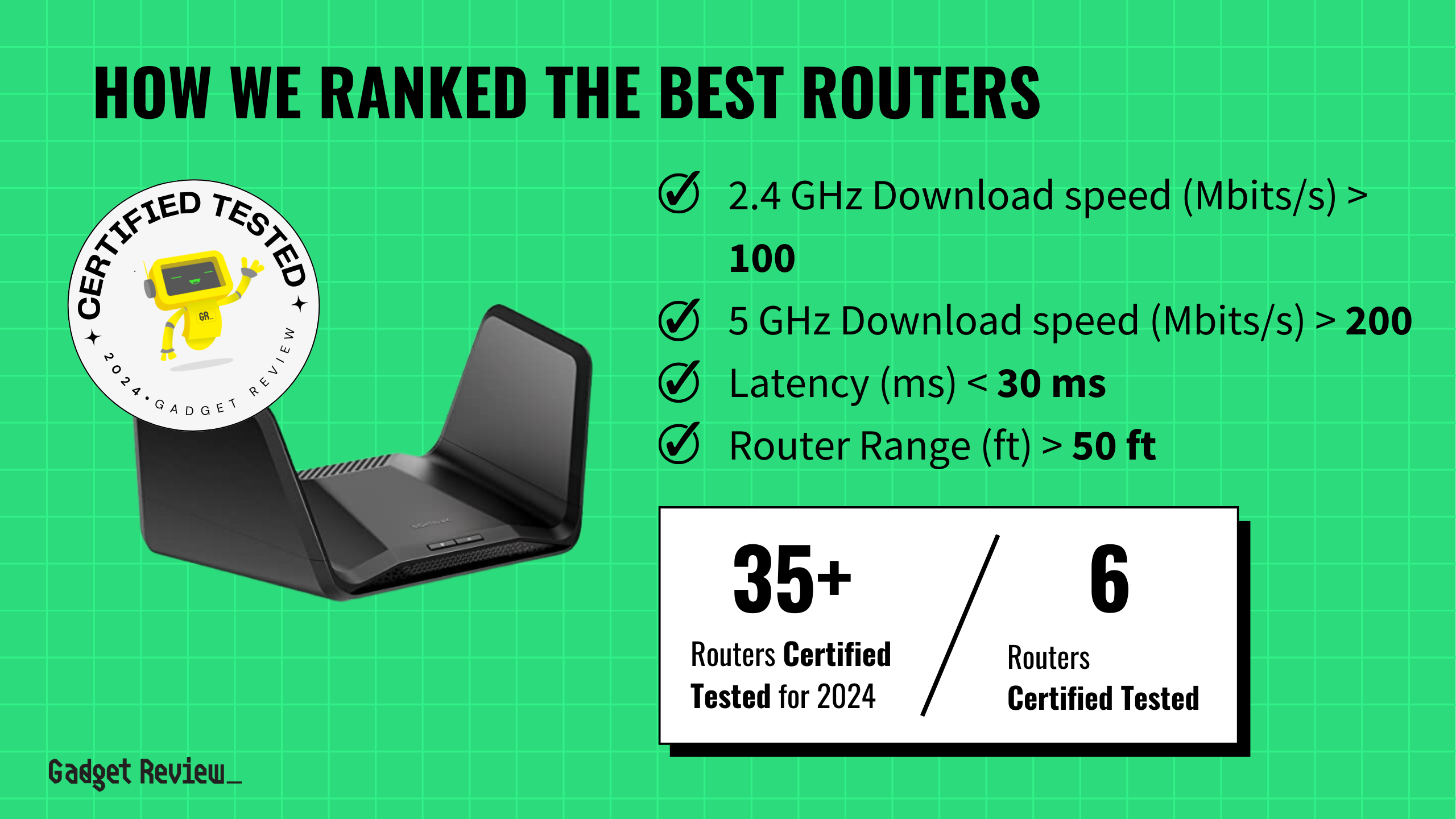Why it matters: OpenAI, the company behind ChatGPT, anticipates massive losses before turning a profit, underscoring the significant costs and challenges associated with developing advanced artificial intelligence technologies.
The financial forecast: According to recent reports, OpenAI projects it will incur $44 billion in losses between 2023 and 2028 before becoming profitable in 2029.
- According to WindowsCentral, current annual revenue stands at $3.5-4.5 billion, primarily from ChatGPT and language model access fees.
- The company aims to reach $100 billion in annual revenue by 2029.
Kate Leaman, chief market analyst at AvaTrade, commented: “Developing advanced AI takes a lot of time and money, so it’s expected that OpenAI would face high costs before it starts making a profit. The scale of these projected losses, however, is unprecedented in the tech industry.” (Business Insider)
Major expenses driving losses:
- Training and running advanced AI models
- Employee salaries
- Data acquisition
- Computing power costs, projected to reach $9.5 billion annually by 2026
Recent funding and valuation: OpenAI recently secured $6.6 billion in funding, valuing the company at $157 billion, according to SFGate.
- Investors include Microsoft, NVIDIA, and other major tech players.
- The company must transition to a for-profit entity within two years to retain this funding.
Microsoft’s stake: The tech giant’s partnership with OpenAI is significant:
- Microsoft has invested $13 billion in OpenAI.
- It’s projected to receive a 20% cut of OpenAI’s revenue stream.
Looking ahead: OpenAI’s financial projections raise questions about the sustainability of current AI development practices and the long-term viability of companies in this space.
- Market analysts express concern over the lack of a clear path to profitability.
- Some speculate that Microsoft might acquire OpenAI within the next three years.
As OpenAI continues its ambitious journey in AI development, its financial trajectory will be closely watched by investors, competitors, and industry observers alike. The company’s ability to manage its substantial cash burn while delivering groundbreaking AI technologies will likely shape the future of the entire AI industry.




















